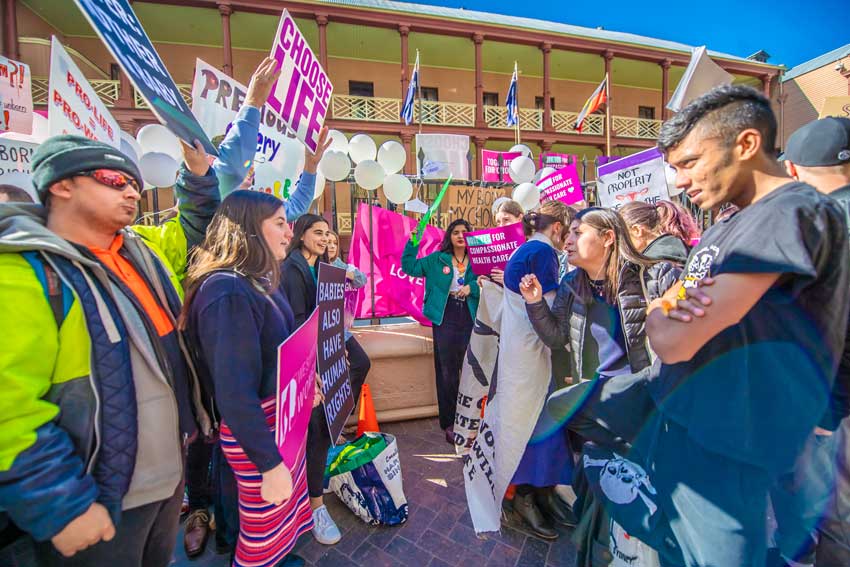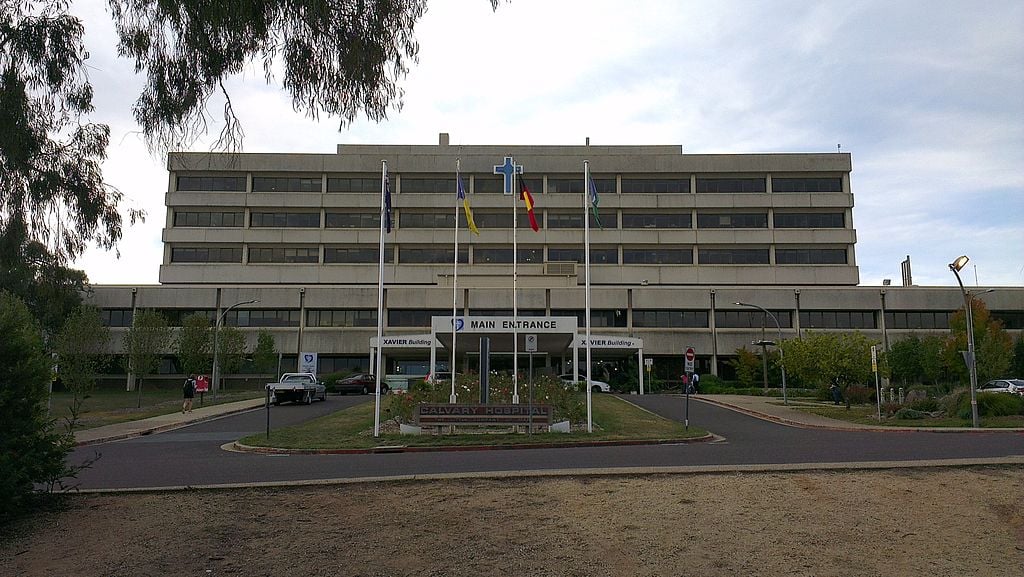
Australian Catholics should take a deep breath in relation to the ACT government’s announcement that it plans to compulsorily acquire Calvary Hospital in Canberra.
Opinion in the Canberra community is divided; both the Canberra Times and the ACT president of the Australian Medical Association see merit in the proposal. Others do not.
Before rushing to the barricades to wage war on the government, as the Archdiocese of Canberra-Goulburn has done, we should pause to consider both the broader international context and the local circumstances.
The broader issue is the increasingly regular confrontations between the church and the state around the world.
These cannot all be put down to narrow-minded, even bigoted, secular governments intruding on the freedom of religion of churches and faith communities. There are other issues at stake.
As society moves in one direction and the church in another on issues like abortion, euthanasia, and same sex marriage, for instance, church-state confrontations over the delivery of publicly funded services are inevitable and may become more frequent.
Democratically elected governments respond to public concerns in making decisions. This is either done through negotiation or compromise on both sides or by abrupt government intervention, as has happened in the ACT.
We should not pretend that certain Catholic beliefs are not an issue as both the ACT Chief Minister, Andrew Barr, and Calvary’s national CEO, Martin Bowles, are pretending.
On this I agree with the leader of the church campaign against the government, Fr Tony Percy.
We should also understand that this is not just a two-way relationship between the state and episcopal leaders representing the church, but a three-way relationship involving government leaders, diocesan leaders, and the leaders of separate Catholic bodies or agencies.
Who speaks for the church in this case and many others is unclear. The historical division between the diocesan church and religious orders and congregations remains. Calvary is the modern embodiment of the Little Sisters of Mary.
Good communication, transparency, and compromise should occur within and between all three sectors.

There is also a unique Canberra context that Catholic non-Canberrans should understand before they rush to see this case as confirmation that a rabidly secular government, driven by religious bigotry, is out to get the church.
One aspect of this is the long and convoluted history of ACT government efforts to buy Calvary hospital, which culminated 15 years ago with an agreed sale being vetoed by the Vatican.
Despite its history as a very Catholic capital city, including a disproportionate number of Catholics in the commonwealth public service, Canberra is now a more secular jurisdiction than any other state or territory.
The recent census confirmed a higher proportion of non-religious citizens than anywhere else in Australia.
Canberra is growing fast and approaching 500,000 people, meaning that travel across the city to a hospital of your choice has become less and less easy.
Calvary is one of only two major public hospitals. Canberra Public Hospital (670 beds) on the south side and Calvary Public Hospital (240 beds) on the north side.
The balance between public and private hospitals in Canberra is not the same as in Sydney, Melbourne, or Brisbane.
This means greater public attention to the services not offered on principle, like abortion and euthanasia, by Catholic hospitals like Calvary.
Thirdly, the rapidly growing northern suburbs will mean a population of 400,000 there alone within 40 years, according to the Chief Minister. The government has its own big plans for a new public hospital on the Calvary Hospital site.
None of this is to excuse the mistakes and poor judgments made by the ACT government, perhaps involving lack of consultation, negotiation, and transparency, or even discourtesy, in coming to this abrupt announcement.
Some of these failures could be mitigated by the government also taking a deep breath and extending the time for parliamentary consideration and for implementation of this decision.
This won’t alter the outcome, because the 20-year-old Labor-Greens government firmly controls the legislative assembly, and the ACT does not have an upper house.
But taking some heat out of the issue may achieve better policy outcomes and more constructive, longer-term church-state relations.
